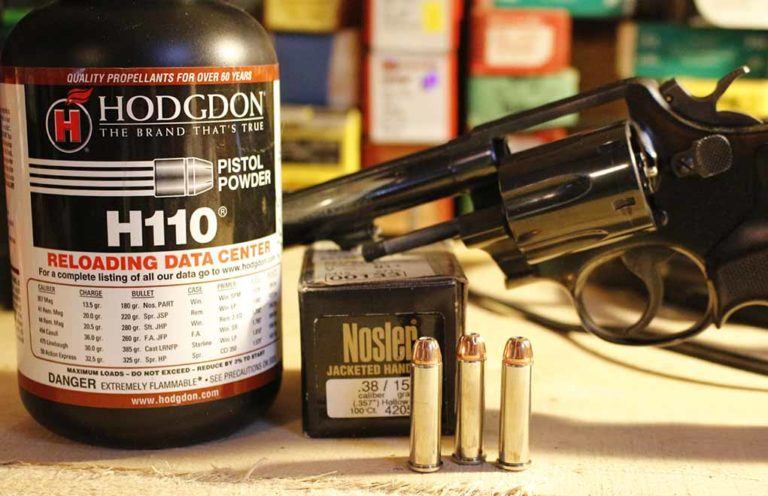
From safety to legalities, is it smart to handload defensive ammunition?
What Are Some Of The Legal Considerations Concerning Handloaded Defensive Ammunition:
- The legal fear of handloaded defensive ammunition is that prosecutors will claim it shows premeditation.
- Self-defense experts, such as Massad Ayoob, go so far as saying never use handloads for your defensive gun.
- The argument can be made possession of a firearm for defensive purposes is as damning as reloading defensive ammunition.
- Given these points, you must put deep thought into whether you feel it's worth the legal risk to load your own defensive ammunition.
I am not an attorney, nor do I pretend to be. I’m just like the rest of the folks who carry a firearm for personal defense; I want to live out my days in peace and harmony. In a perfect world, none of us would need to carry a firearm for personal protection. In a perfect world, there would be no threat to life or limb, and we could all just smile and wave and trust to the Almighty that all will be okay. However, the stark reality of it all is that we live in a less-than-perfect world.
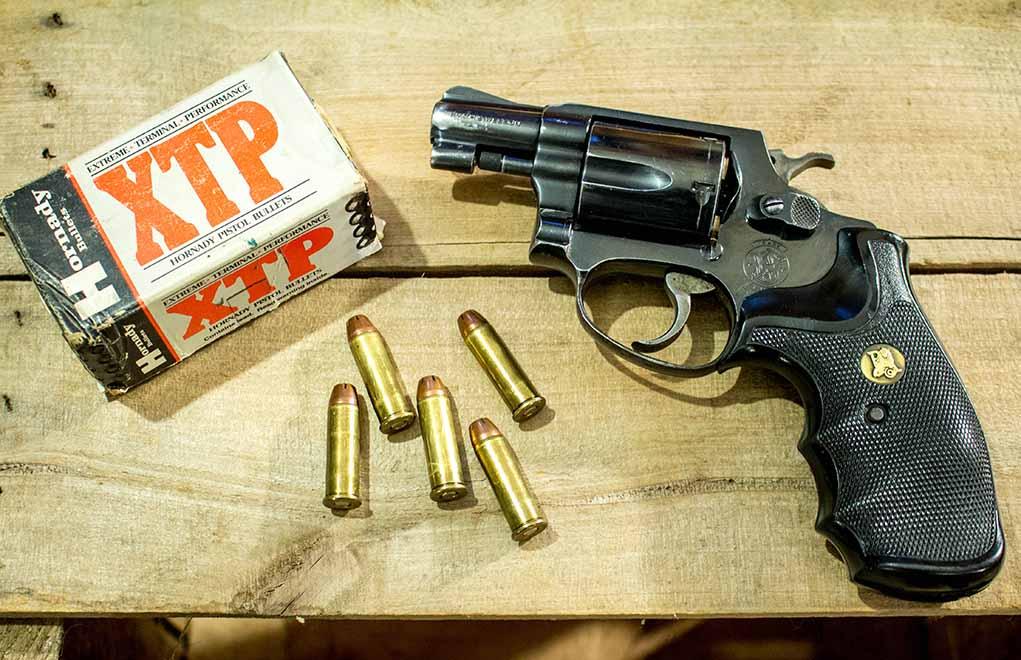
The Declaration of Independence, so thoughtfully written and carefully planned out, brilliantly summed up some of the basic human liberties: “We hold these truths to be self-evident, that all men are created equal, that they are endowed by their Creator with certain unalienable Rights, that among these are Life, Liberty and the pursuit of Happiness.”
Mr. Jefferson and company hit the nail on the head with that little gem. To me, the most integral and important part of that particular phrase is the word “Life.” No one has the right to take your life, when you are not acting in a manner that threatens the life of another. We all have a God-given right to survive, and this includes using any means necessary to preserve your life, including taking the life of another who intends to end yours.
In this “modern” age, where we have become much more civilized (tongue planted firmly in cheek), there are areas with laws that treat the individual who is required to use deadly force, to preserve their God-given right to live, as the offender and guilty party. There is a movement to rely solely on law enforcement to take the necessary actions.
What in the world does this have to do with reloading? Please, bear with me …

Some courts of law, and wonderful humans known as “lawyers,” have taken things so far as to attempt to prosecute someone who has been forced to use deadly force with a firearm, for the additional crime of using reloaded ammunition. The premise is that by reloading the ammo before the incident happened, there was a premeditation, and that principle leads to a different crime altogether.
My colleague and fellow gun writer, Massad Ayoob, who has a law enforcement background and much more experience in a court of law with respect to these matters than I do, has gone on the record as stating that using reloaded ammunition in a self defense situation is a definite no-no. I’m not going to pretend that I know better than Mr. Ayoob, but I can attest to having a bit of common sense. I live in the State of New York, one of the toughest states with respect to defense laws as well as firearms legislation (read S.A.F.E. Act). I am well aware, that in most circumstances, that using a firearm to defend myself will more than likely result in Grand Jury indictment, and that I will need to prove myself innocent, rather than prove my attacker guilty. May that situation never occur.
Load Up On Reloading Info:
- The Flexible And Forgiving .30-06 Springfield
- The .45 Colt: A Wheelgun Classic
- .300 Win. Mag.: The Answer To Most Hunting Questions
- Tips For Reloading the .223 Remington
However, let us refer back to the document that summed up our “unalienable rights” and remember that irrespective of methodology or means, the act of taking another’s life to defend one’s own should be paramount, and not the tool used to do so. The possession of a firearm for defensive purposes is theoretically just as damning as the creation of ammunition for that same purpose. Whether or not the ammunition runs at a different velocity, or contains a projectile that does more or less damage than another, the central point remains: The threat to your unalienable right to life must be neutralized, by any means necessary.

If that threat to your life doesn’t exist, you have no right to take the other, but if it does exist, using a bat, axe, motor vehicle or handgun — that fires handloaded ammunition — shouldn’t truly matter in the blind eyes of justice. Recognizing the existence of that threat, or lack thereof, is the responsibility of the firearm owner, and it’s not one to be taken lightly.
Reloading To Save Your Bacon
I learned a long while ago that when diligent attention is paid to the assembly of your ammunition, you can create a product that is the best available. I’ve been on a good number of dangerous game hunts, and for all of them I’ve used handloaded ammunition. Not unlike a personal defense handgun, dangerous game ammunition absolutely must go bang, or you truly put life and limb at risk. I have — knock on wood — never had a single issue with any handloaded cartridge on any of my hunting trips.
The same approach must be taken for the ammunition in your defensive handgun. Just as you wouldn’t choose the cheapest handgun to carry, bargain ammunition is not a wise decision, and even among the factory choices I’d hope you’d obtain the best you could afford. With regard to the components of your handload, use the best stuff you can get.
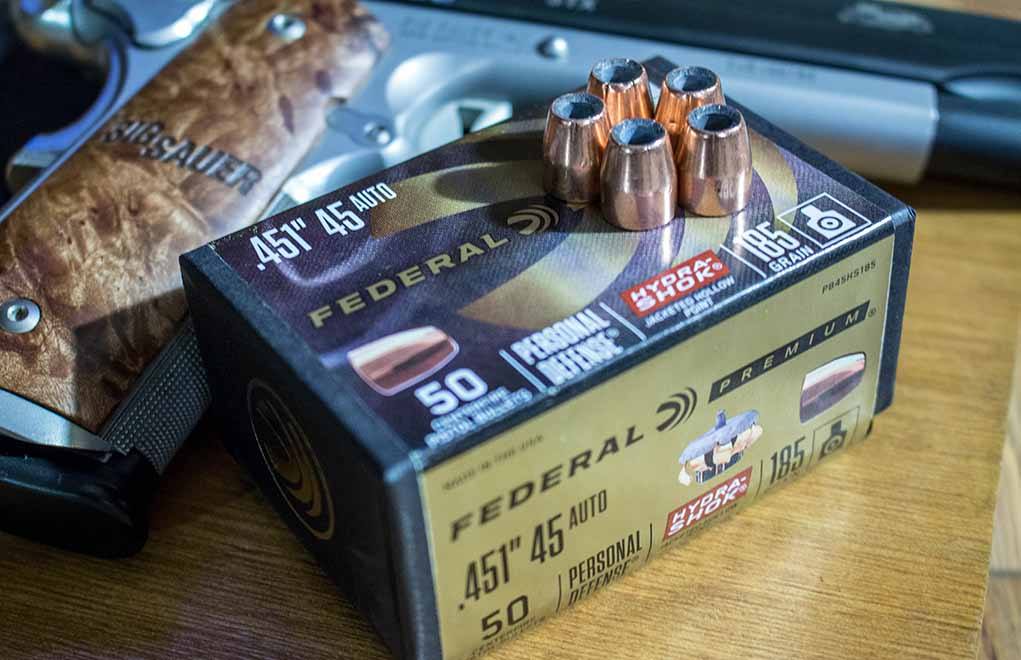
You don’t need hundreds of rounds, but just enough to keep you and your loved ones safe. In the opinion of this author, the loading of defensive ammunition is not the place for the progressive press; this will require a more personal level of attention. I want to vigorously inspect all my brass, making sure that flash holes are uniform, primer pockets are of a proper dimension, rims are straight and nothing is out of the ordinary. I then full-length size all the brass, and trim them (even the new stuff) to the proper, uniform length.
I also hand-prime the cases, making sure that all the primers are seated to a consistent depth. I like the best primers I can get for my defensive ammo, usually the Federal Gold Medal Match stuff. For a priming tool, the Lyman E-ZEE Prime offers an excellent feel; I like it for all cartridges, from the lightest .38 Special loads up to the gigantic .505 Gibbs. I then begin the load development process.
Personally, I like bullets that are heavy for caliber and will expand reliably. To my mind, a defensive load is designed for close quarters, as the goal is to neutralize the threat and get you and your loved ones to safety, and I feel that the heavy bullets end the problem best. I want velocities as close to the design speed as possible — especially with an auto-loading pistol — and I’ll use a chronograph to test my velocities against a few of the factory loads with the same weight of bullet. We all have our pet bullets, and I like a bunch, including the Speer Gold Dot, Federal Hydra-Shok, and Hornady XTP.
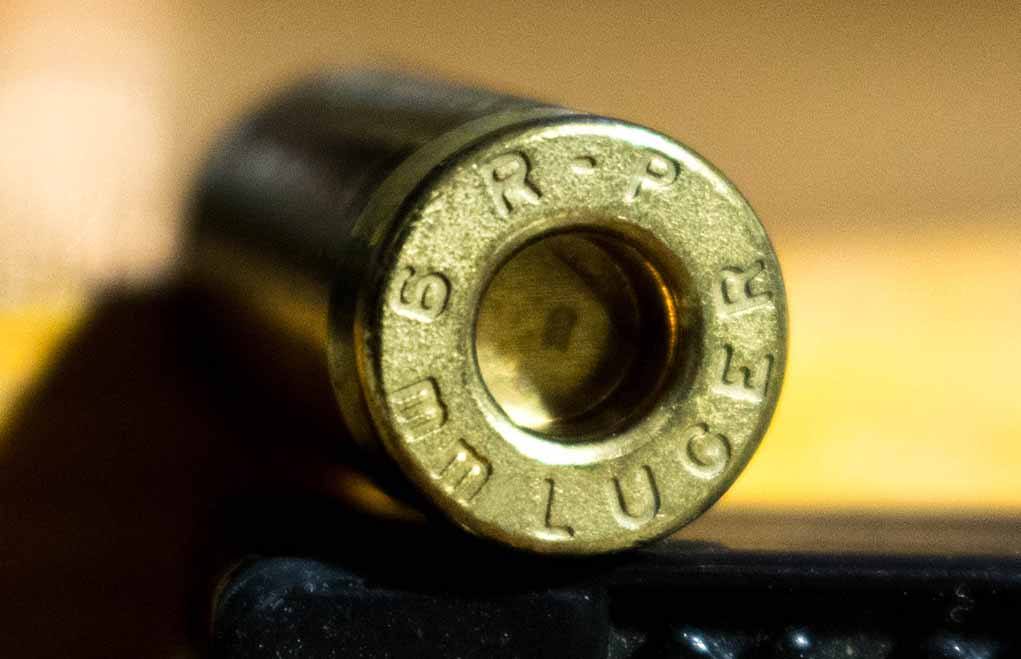
During the load development process, I want to look for several different aspects of the ammunition. First, the bullets need to hit where they are aimed. Even the best component bullets won’t be worth anything if they don’t hit where they’re intended. If your handgun doesn’t have adjustable sights, you may have to make some adjustments to the load, trying different bullet conformations and/or powder charges until you get things where you want them.
Secondly, I need to know that the ammunition will feed flawlessly. I’ve seen some bizarre feeding issues, some nearly inexplicable, but I do know that clearing a cartridge that didn’t feed properly in the midst of a life or death situation is not a good thing at all. If you’re handgun doesn’t feed a particular bullet profile, either get it properly sorted by a competent gunsmith or give it ammunition that you know will work. Changing bullet profiles can sometimes have a profound effect on a handgun’s performance. Again, the gun absolutely has to go bang, and not just once.
Thirdly, make sure that the level of recoil is acceptable to you. We all want to think we’re invincible, handling a hand cannon as if it were a squirt gun, but that’s not always the case. Admitting that a firearm recoils too much to be handled effectively is not an easy thing for anyone — especially for a man — but I’ve found some rifle/cartridge combinations that were simply too much for me to shoot properly, and the same goes for a handgun.
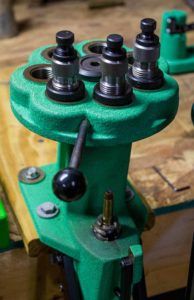
Lightweight guns and high-velocity ammunition can easily generate recoil levels that are above what some shooters can handle. If and when that point is reached, either the gun has to go or the ammunition needs to be modified. When you handload your own ammunition, the load can be safely reduced to give the level of recoil that the shooter can properly handle. A lower velocity bullet in the right place is worth five high-velocity bullets in the wrong place.
If the handgun is a revolver, I want a good roll crimp to keep all the bullets where I seat them, and to ensure that they won’t pull out under recoil. If they do move, you run the risk of the projectiles protruding out past the edge of the cylinder and locking up the entire operation. A good strong roll crimp will prevent this, or if you’ve chosen a bullet with no cannelure, a solid taper crimp will suffice.
For the auto-loaders, which more often than not rely on the case mouth for headspacing, you’ll want to use the taper crimp to prevent your bullets from moving. The violent cycling action — the journey out of the magazine, along the feed ramp and into the chamber — can push bullets deeper into the case; a good taper crimp will prevent that from happening.
I like to make some surplus ammo from time to time, to train with and make sure I’m familiar with the feel of gun with this particular load.
Is It Worth The Effort?
There are going to be those of you who may feel that the exercise of handloading defensive ammunition simply isn’t worth the hassle, and you might be right. There are many good choices among the factory ammunition, featuring the finest projectiles made today, and you could simply leave it at that.

But, just as I want a handgun that has all the features I want, I like my ammunition the same way. After all, if the situation arises where I need to use a gun to save my life, I want all the odds in my favor, and I feel that my own ammunition is the best I can get. Because I’m using canister-grade powder, the load will be the same, year after year.
If you’re in the least bit hesitant about making your own stuff, don’t do it. However, if you are as confident in your skills as a handloader as you are in your ability to handle a handgun, I see no issue with the handloads. The legal ramifications can be dealt with once you are safe and sound, and if you are a handgun owner, I’m sure you’ve given some though to the issues involved with using deadly force. I hope you never need to use that force, but if you do, I also hope you have the best tools available.
Editor's Note: This article originally appeared in the 2019 Concealed Carry issue of Gun Digest the Magazine.

Next Step: Get your FREE Printable Target Pack
Enhance your shooting precision with our 62 MOA Targets, perfect for rifles and handguns. Crafted in collaboration with Storm Tactical for accuracy and versatility.
Subscribe to the Gun Digest email newsletter and get your downloadable target pack sent straight to your inbox. Stay updated with the latest firearms info in the industry.

![Best Concealed Carry Guns In 2025 [Field Tested] Wilson Combat EDC X9S 1](https://gundigest.com/wp-content/uploads/Wilson-Combat-EDC-X9S-1-324x160.jpg)


![Best 9mm Carbine: Affordable PCCs [Tested] Ruger Carbine Shooting](https://gundigest.com/wp-content/uploads/Ruger-Carbine-Shooting-100x70.jpg)
![Best AR-15: Top Options Available Today [Field Tested] Harrington and Richardson PSA XM177E2 feature](https://gundigest.com/wp-content/uploads/Harrington-and-Richardson-PSA-XM177E2-feature-100x70.jpg)
